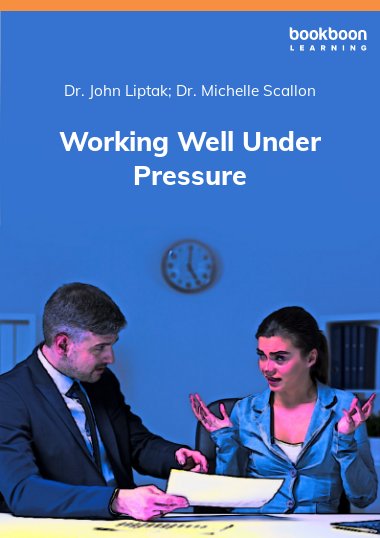Adopting cutting-edge skills to help you work well under pressure is more important now than ever. This book will teach you how to identify internal and external pressures and illustrate important techniques that can help you stay mentally fit and thrive. You will learn how pressure can be used to your advantage. Having a moderate amount of pressure optimizes your functioning, and actually helps you perform better in certain circumstances. Research shows that developing the skills you need to efficiently use both sides of your brain allows you to be creative and productive under pressure.
About Authors
Dr. Michelle J. Scallon earned her Ph.D. in Clinical Psychology in 2007 from Seattle Pacific University. She has many years of experience providing psychotherapy in correctional and outpatient settings. Her dissertation was titled “The Impact of Social Support and Humor on Levels of Hope in Individuals Who Are Coping with HIV/AIDS.” She is passionate about helping people capitalize on their strengths. Dr. John J. Liptak is an internationally-recognized author with thirty years of work experience providing counseling. He has authored over 100 workbooks with Ester Leutenberg, 31 career assessment instruments, and ten books. John earned an Ed.D. in Counselor Education from Virginia Tech. He lives in Radford, Virginia, in the United States and is President of the Center for Career Assessment, Inc. John has written nine books for Bookboon.


